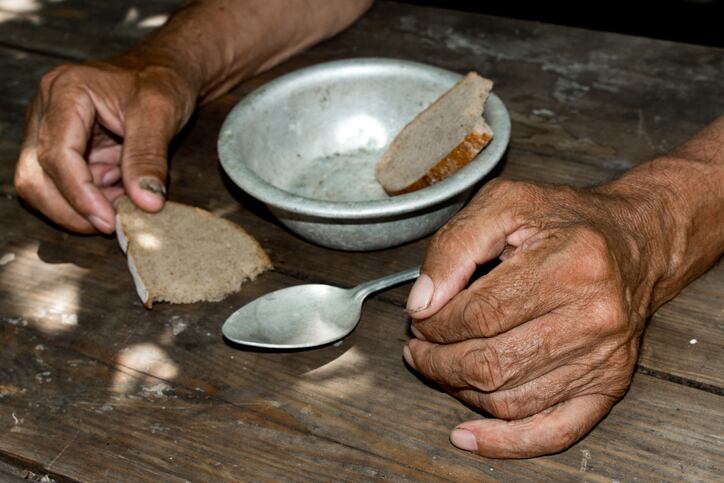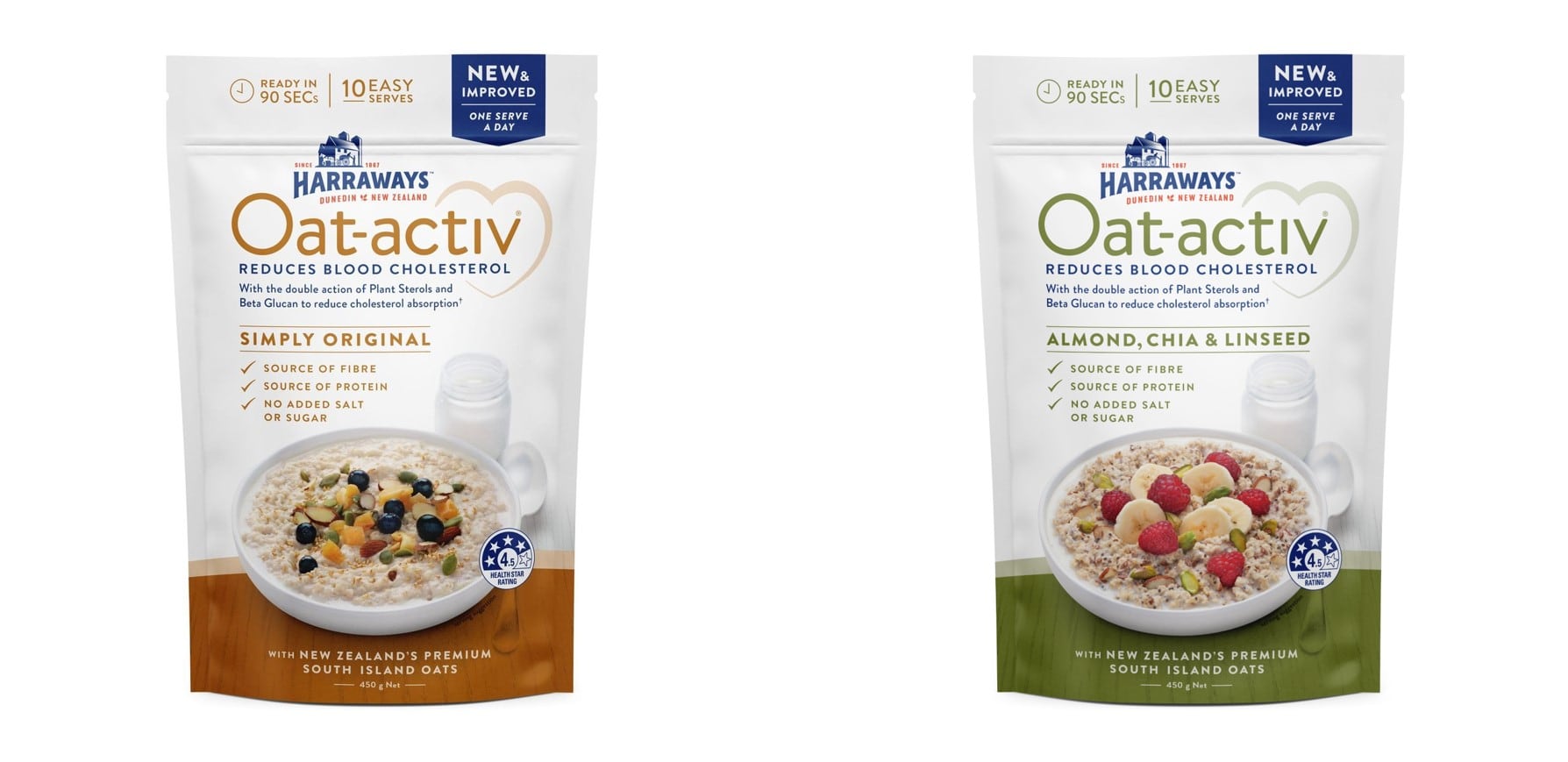This is according to experts from Ajinomoto, Indofood and Java Foods at a webinar organised by The Global Alliance for Improved Nutrition (GAIN), on the role of the private sector in staple food fortification.
Over three billion people cannot afford a healthy diet, and in sub-Saharan African and southern Asia, this affects 57% of the population. This leads to deficiencies, stunting, wasting, diseases associated to malnutrition and even death.
Food fortification is a proven solution for malnutrition. The World Bank and Copenhagen consensus have ranked food fortification as one of the best investments in terms of cost effectiveness.
It cost about US$0.05 for iodized salt, US$0.12 for iron and folic acid in wheat and maize, with a lifetime cost of less than US$15 for these two fortified commodities. It estimates that fortification generates about US$27 in economic return for improved earnings, and enhanced work productivity.
“It makes sense to double down on food fortification efforts,” according to Axton Salim, director at Indofood (Indonesia), which produces noodles, flour, oil, snacks, sauces and dairy products.
Since 1940, 142 countries have mandated fortification of at least one food vehicle – maize meal, rice, wheat flour, or salt.
However, food fortification is not widely applied across the world despite its known benefits.
Road to nutrition
Monica Musonda, founder and CEO of Zambia-based Java Foods, which manufactures fortified cereals and noodles, said one challenge in Zambia, was a lack of information among households on what constitutes a nutritious food, as well as the low access to such affordable and nutritious products.
She also explained that local producers and SMEs who play an important role in the local food system, often lack the support to roll out more nutritious foods.
This situation becomes more urgent with the impending climate change, and the COVID-19 pandemic which has shown to destabilise food systems.
“The private sector knows how to effectively distribute food products. We know how to do this cost effectively while reaching a wider population.
“The private sector also has the best technologies and innovations to produce more nutritious and fortified foods,” she said.
“We will not succeed to fight these malnutrition challenges if we work in silos, we really need to continue to work together with key stakeholders and the private sector to build an effective platform in which we can address malnutrition challenges.”
All stakeholders
Meanwhile, Japan’s Ajinomoto is using amino acids to address malnutrition.
Chika Morishima, corporate executive officer at Ajinomoto Group, said the firm had been working with the United Nations University to fortify wheat with lysine in developing countries. Wheat is a staple food in many countries, and an important source of carbohydrate and protein.
“Lysine-fortified wheat has led to significant improvements in growth as well as stronger immunity among children in developing countries such as Asia, Africa and Latin America,” she said.
In addition, lysine can reduce bloating, a common symptom observed in people with high wheat diet.
“When nutritious food tastes good, are easily accessible, respect local custom and flavours, global health can be optimised to its full potential.”
Many governments also have ambitions on solving malnutrition, which Salim said the private sector can play a part in.
Indonesia has a long history of government led large scale fortification, starting with iodine fortification to combat goiter in 1994.
Then in 1996, a study by Indonesia’s Ministry of Health and UNICEF found large magnitude of iron deficiency.
Indofood voluntarily fortified iron, zinc, folic acid, vitamin B1 and B2 in 1998, which later became national mandatory for all flour millers in 2003.
At present, Indofood has fortified 50 million metric tons of wheat flour for use in the noodle, bread, cake, biscuit industries.
In 2019, the government-owned Indonesian Logistics Bureau, which deals with food distribution and price control, worked with Indofood to fortify rice with iron, folic acid, zinc, vitamin A and vitamin B to target the underprivileged people.
“With government directions and endorsements, the private sector can play its role to be part of the solution,” Salim said.
“I believe that governments, donors, private sector, academia and civil society should work together to double down on food fortification as it is one of the most critical public health interventions of our time.
“All with a common goal to ensure individuals and families have the nutrition that they need to live healthy and productive lives, and that the country have a healthy population they need for economic development.”




